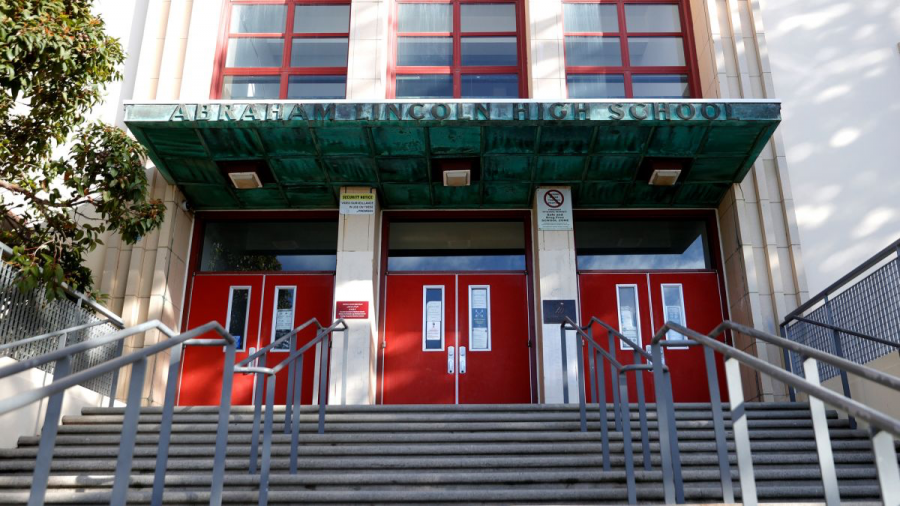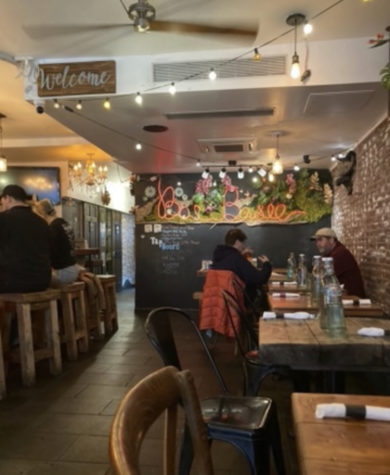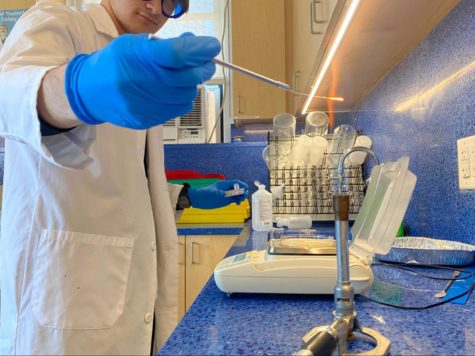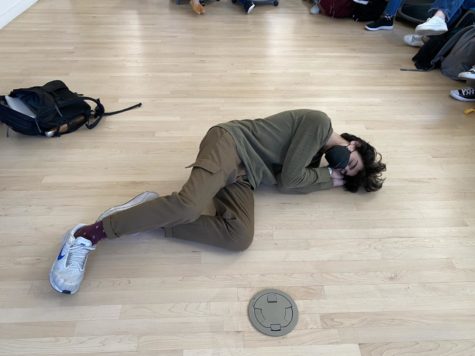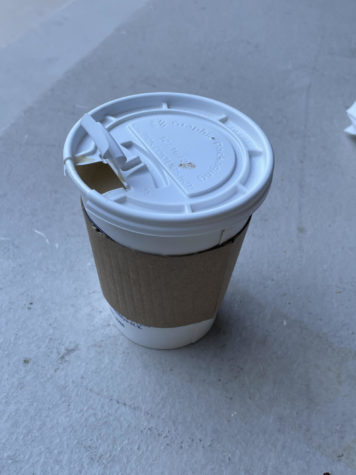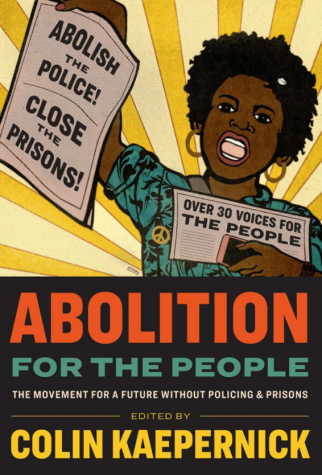San Francisco School Renaming: Let the Students Decide!
On May 25th, 2020, George Floyd was murdered. On camera. By a police officer. The reaction was intense and profound. Schools and other educational institutions began examining their own guilt. They looked with dismay at buildings honoring slaveholders and racists. The school board of San Francisco, one of America’s most ‘liberal’ cities, leaped at the opportunity. San Francisco would represent the way forward in addressing racist names. After seven months of deliberation, a surprising decision was announced. Abraham Lincoln and George Washington, among others, would be removed. Even among allies, the school board’s decision provoked an uneasy response.
Committee meetings in mid-August expressed the anxious views of committee members. They saw the process as ill-conceived. It was likely to run into controversy. Some members wanted to bring in historians. They felt it would make the decision more reliable. But the chairman of the committee, Jeremiah Jeffries, refused. “History is pretty well written and documented pretty well across the board,” said Jeffries. “There’s no point in debating history in that regard. Either it happened, or it didn’t.” No students were consulted.
And the committee used a “one strike, you’re out rule” where one example of racism would be used as disqualification. This saw Washington, Lincoln, Paul Revere, Francis Scott Key, and others removed. But even this rule didn’t apply to everyone. Malcolm X initially was slated to remain. One of the committee members mentioned that the civil rights leader had “abused women.” To that, Chairman Jeffries argued that “most of his life, I would say, was about undoing that work and redressing that work.” Many people thought this logic should have applied to everyone. While it’s true that Lincoln initiated several policies that furthered the dispossession of Native Americans, he also carried out the abolition of American slavery. No student from Lincoln High School had any say in the matter.
Other decisions seem to have been made on incorrect historical information. One of the removed names was that of James Lick. He was a wealthy businessman from the late 1800s who funded a number of philanthropic endeavors. The committee deemed him objectionable because Lick financed a statue perceived to be offensive towards Native Americans. In fact, while he did specify money to be used for the monument in his will, James Lick was not responsible for the content of the statue. No student from Lick High School was involved.
The committee’s detractors have argued that the commission should have spent more than two hours deciding to change the names. But it’s a tricky topic, and none of these questions are easily answered. Some statues should definitely be removed. Some names should definitely be removed. But the legacy of other historical figures is more nuanced and requires more than two hours of debate. It should have involved the students of the San Francisco Unified School District.
If you ask me, for the city to seriously consider renaming schools, this should not have been a process for parents, teachers, and administrators, but rather for students. Students could have been responsible for writing essays weighing the positive and negative impacts of historical figures. They could have presented their findings to the commission. Votes could have been conducted amongst the student body. What happened in San Francisco did not address the 55,000 students of the school district. For the process to be done fairly and justly, Chairman Jeremiah Jeffries should have let the students decide.

